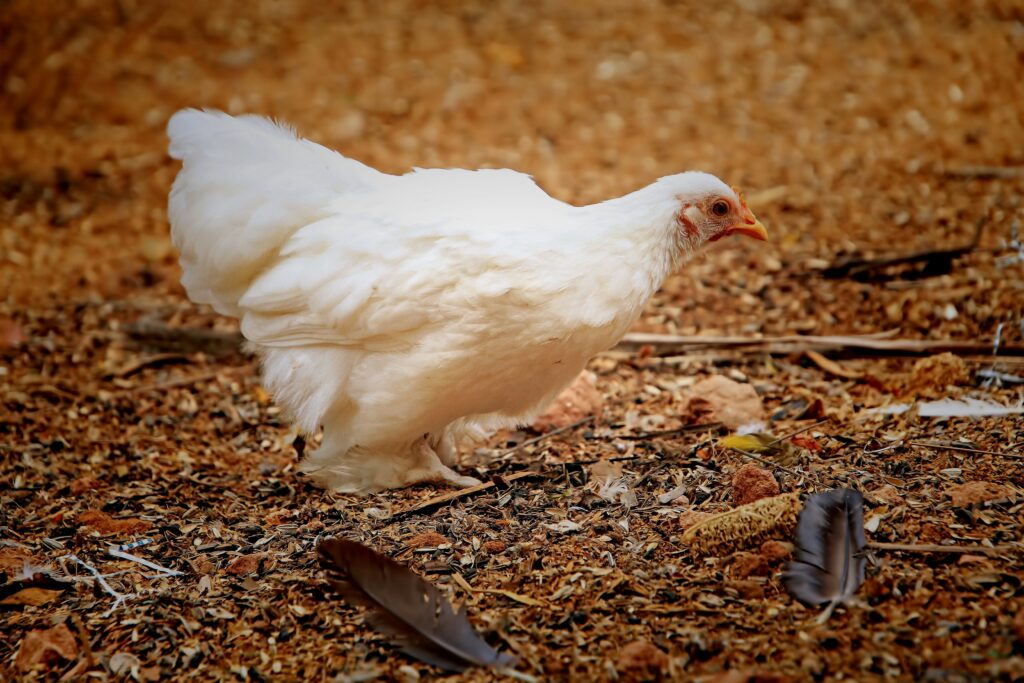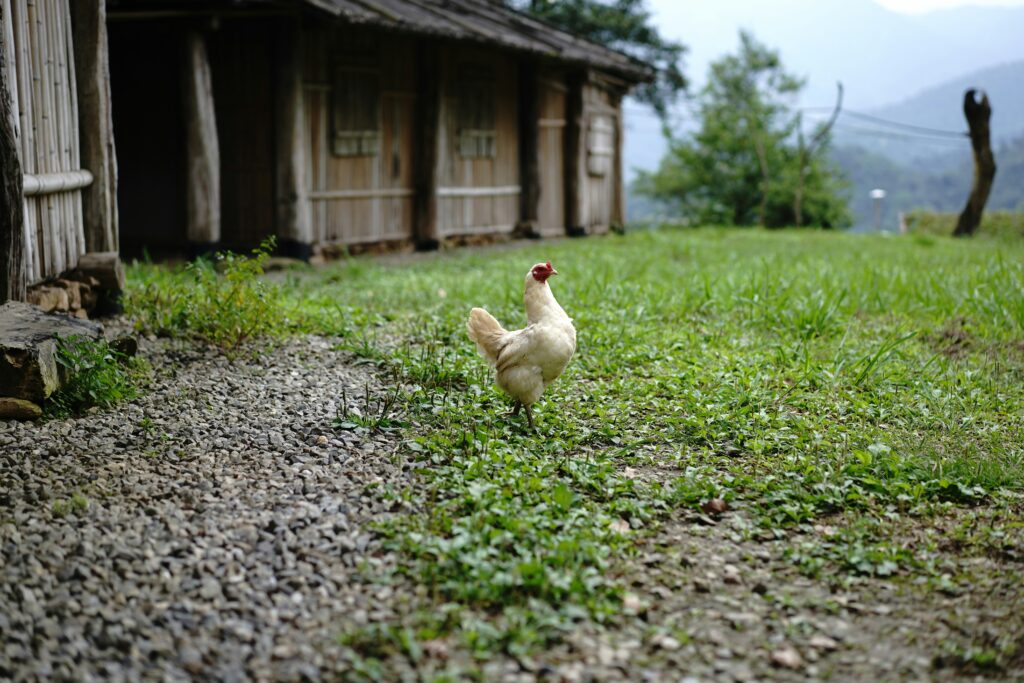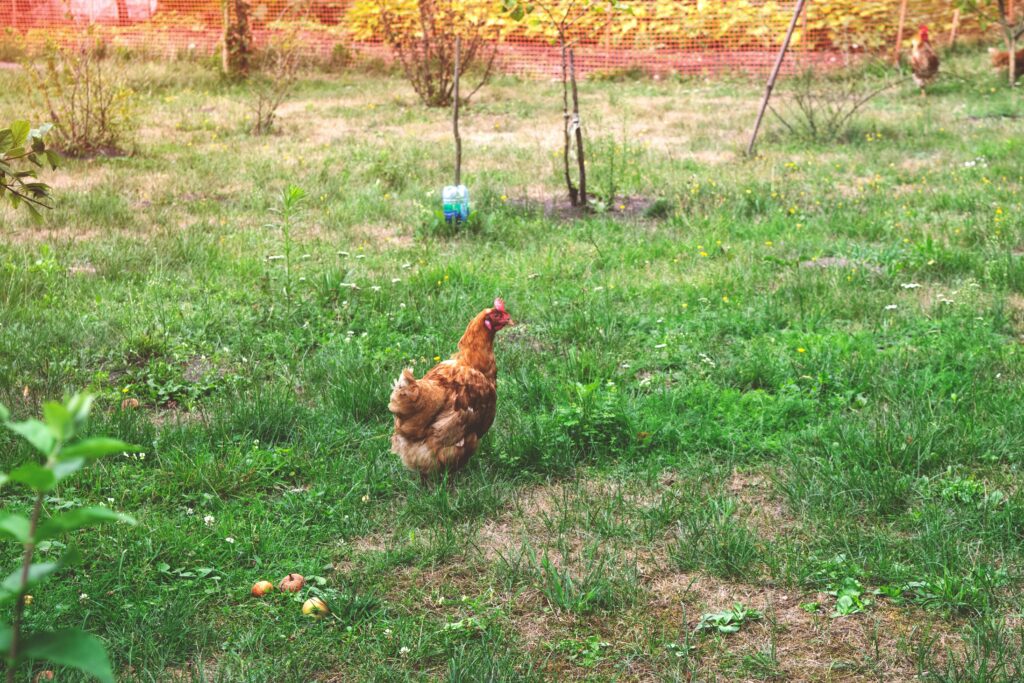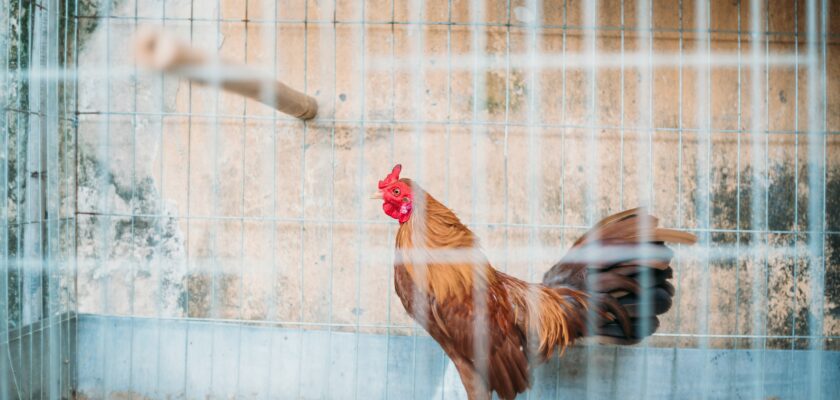Introduction
The smallest chicken in the world is the Serama, a remarkably petite bird renowned globally for its compact size and charming personality. Weighing less than 500 grams (about 1 pound) in adulthood, Seramas often fit comfortably into the palm of your hand. Their minuscule stature, coupled with an active, engaging demeanor, makes them beloved pets and fascinating exhibition birds.

Photo by viswaprem anbarasapandian on Unsplash
Origin and History
Originating from Malaysia, Serama chickens were first developed in Kelantan during the 1970s by selectively breeding local bantam breeds. The breed gained official recognition in Malaysia by 1990 and quickly spread worldwide, captivating poultry enthusiasts due to its exceptional smallness and lively behavior.
Physical Characteristics
The Serama breed is distinctive due to several key features:
- Height & Weight: Adult males typically weigh between 350-500 grams, while females are usually between 325-425 grams.
- Appearance: Proud posture, puffed-out chest, upright tail feathers.
- Colors & Patterns: Available in a multitude of colors such as black, white, mottled, and golden.
Why Are Small Chickens Popular as Pets?
Space Efficiency
For individuals with limited yard space, the smallest chicken breed offers an ideal pet solution. Their diminutive size means a smaller coop is required, making them perfect for urban settings or small backyards.
Easy Management and Maintenance
Seramas require less feed, generate minimal mess, and can be comfortably kept indoors or in compact outdoor setups. Their easy maintenance makes them suitable for busy owners.
Family-Friendly Pets
Serama chickens are exceptionally gentle and friendly, making them fantastic pets for families, including households with young children. Their calm demeanor and engaging personalities enrich home environments.
How to Care for the Smallest Chickens
Housing and Shelter Needs
Coop Size and Setup
Though small, Seramas still require safe housing. A 2-3 square foot area per bird is typically sufficient. Include perches, nesting boxes, and ventilation for comfort.
Climate Considerations
Seramas are sensitive to cold weather, preferring moderate to warm climates. Providing adequate insulation or heated shelter during colder months is essential.
Diet and Nutritional Requirements
Feeding Guidelines
- Quality poultry feed (18-20% protein).
- Regular availability of clean water.
- Moderate servings to avoid obesity.
Supplements and Treats
Supplement their diet occasionally with leafy greens, mealworms, fruits, and calcium-rich supplements for optimal health and strong eggshells.
Health and Wellness
Common Health Issues
Seramas may experience respiratory issues, parasites, or vitamin deficiencies. Regular health checks can prevent serious conditions.
Preventive Care
Routine vaccinations, deworming schedules, and frequent cleanliness help maintain excellent health.

Photo by Jouwen Wang on Unsplash
Breeding the Smallest Chicken Breed
Serama Breeding Basics
Breeding Seramas requires pairing healthy, well-structured adults. Monitor pairings closely to ensure optimal offspring quality.
Egg Laying and Incubation
Serama hens lay small eggs—approximately 160-180 eggs annually. Incubation takes around 19-21 days, with careful humidity and temperature regulation crucial for hatching success.
Competitive Showing and Exhibition
What Judges Look For
In poultry shows, judges assess Seramas based on size, posture, plumage condition, and temperament. Compact size and confident posture significantly boost their ratings.
Preparing Your Serama
- Regular grooming.
- Training them to stand properly.
- Conditioning birds to remain calm during handling.
Smallest Chicken vs. Regular Chicken
Size Comparison
Seramas weigh significantly less compared to standard chickens, typically one-quarter of an average breed like the Rhode Island Red.
Behavioral Differences
Small chickens tend to be more interactive and less aggressive, making them ideal companions or ornamental birds.
Fun Facts About the Smallest Chicken in the World
- Seramas can comfortably perch on a human hand.
- They hold records as the smallest recognized chicken breed.
- Seramas can fly short distances due to their lightweight frames.

FAQs
What is the average lifespan of a Serama chicken?
Seramas generally live for 7 to 10 years with proper care.
Can Serama chickens live with regular-sized chickens?
Yes, but careful monitoring is needed to prevent bullying or injuries.
How many eggs do Serama hens lay per year?
They lay around 160-180 eggs annually, smaller than regular eggs.
Are Serama chickens noisy?
They’re less noisy compared to larger breeds but still vocalize occasionally.
What is the ideal climate for Serama chickens?
Warm, temperate climates are ideal due to their sensitivity to cold weather.
Are Seramas good for beginners?
Absolutely! Their friendly temperament and easy care make them excellent for beginners.

Photo by Victoria Tihonovich on Unsplash
Conclusion
Owning the smallest chicken in the world—the delightful Serama—is both a joy and a privilege. These birds provide companionship, entertainment, and even eggs, all while requiring minimal space and maintenance. Whether for pets, exhibition, or breeding, Seramas continue to charm poultry enthusiasts around the globe.
